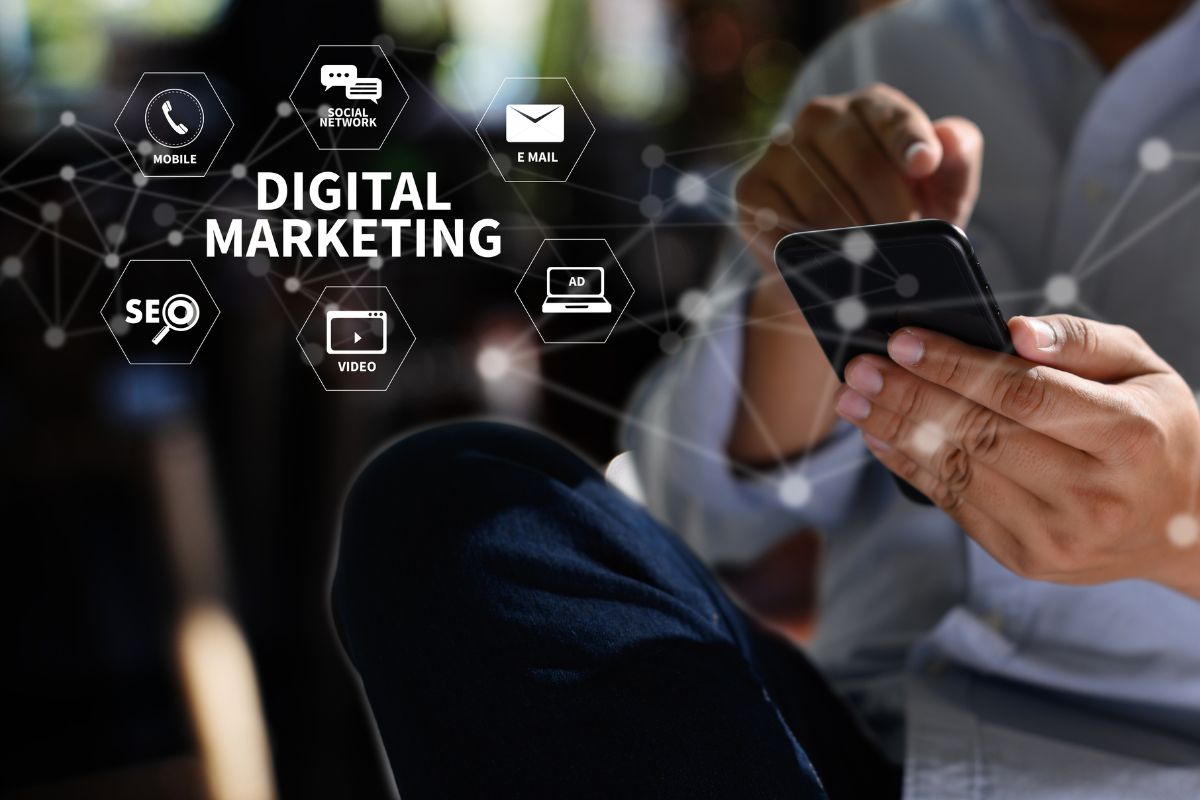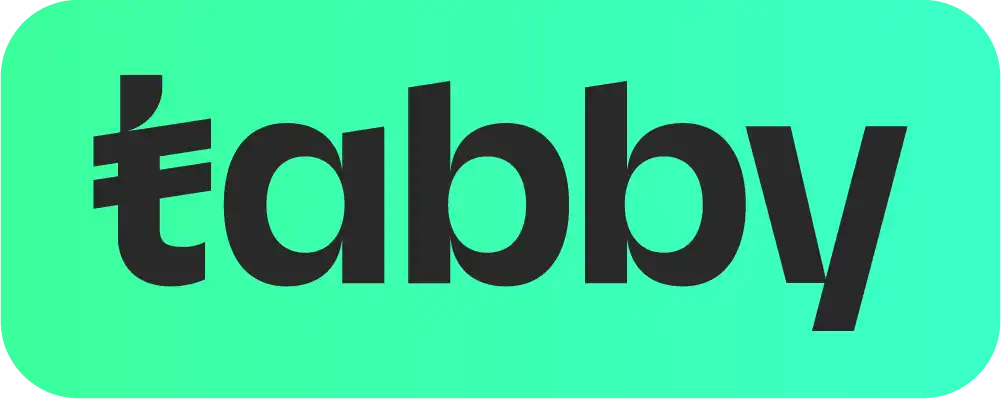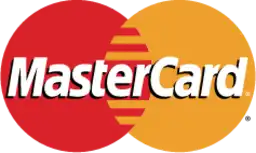What Are Digital Marketing Channels?
Digital marketing channels are platforms or methods that companies use to promote their products or services online. These channels allow brands to connect with their audience, build relationships, and drive sales. From websites to social media platforms, each channel has its unique way of helping businesses achieve their goals.
Understanding how these channels work is crucial for any business aiming to succeed in the digital space. By leveraging the right digital marketing platforms, companies can maximize their reach and connect with potential customers more effectively.
8 Effective Digital Marketing Channels for 2025
1. Search Engine Optimization (SEO)
What is SEO?
Search Engine Optimization, commonly known as SEO, involves optimizing your website so it ranks higher on search engine results pages (SERPs). When users search for specific keywords related to your business, a well-optimized site will appear at the top, increasing visibility.
Benefits of SEO:
- Drives organic traffic to your website.
- Builds trust and credibility with users.
- Offers long-term results without recurring advertising costs.
How to Get Started:
- Research keywords that your audience frequently searches for.
- Optimize your website’s content, images, and meta descriptions.
- Build backlinks from trusted sources.
- Focus on improving website speed and user experience.
SEO is a fundamental part of any digital marketing strategy. By ranking higher on search engines, your business can gain credibility and attract more qualified leads.
2. Websites
What is a Website?
A website serves as your digital storefront. It’s often the first point of interaction between your brand and potential customers. A well-designed website reflects professionalism and can convert visitors into customers.
Benefits of Having a Website:
- Acts as a 24/7 sales representative.
- Provides detailed information about your products or services.
- Boosts your brand’s credibility.
How to Build a Website:
- Choose a domain name that reflects your business.
- Use platforms like WordPress or Wix to create your site.
- Focus on a user-friendly design and ensure your website is mobile-friendly.
- Regularly update your site with fresh and engaging content.
A website is a must-have for any business in the digital age. It helps you establish your online identity and serves as a hub for all your marketing efforts.
Click and learn about the scope of digital marketing
3. Content Marketing
What is Content Marketing?
Content marketing involves creating and sharing valuable content to attract and engage your target audience. This could be in the form of blogs, videos, infographics, or eBooks.
Benefits of Content Marketing:
- Builds trust and authority in your industry.
- Drives organic traffic to your site.
- Helps educate your audience about your offerings.
How to Start Content Marketing:
- Identify your target audience and their preferences.
- Create a content calendar to plan your posts.
- Share high-quality, engaging, and informative content regularly.
- Use SEO strategies to improve your content’s visibility.
Content marketing allows businesses to position themselves as industry leaders. By consistently providing value, you can build a loyal audience that trusts your brand.
4. Affiliate Marketing
What is Affiliate Marketing?
Affiliate marketing is a performance-based strategy where you reward partners (affiliates) for bringing customers to your business through their marketing efforts.
Benefits of Affiliate Marketing:
- Low upfront investment.
- Expand your reach through affiliates’ networks.
- Pay only for results.
How to Start Affiliate Marketing:
- Create an affiliate program with clear commission structures.
- Partner with bloggers, influencers, and niche websites.
- Provide affiliates with promotional materials like banners or links.
- Track performance using affiliate marketing tools.
Affiliate marketing is an effective way to increase your sales without bearing the full burden of promotional costs. It’s a win-win strategy for both businesses and affiliates.
5. Social Media Marketing

What is Social Media Marketing?
Social media marketing uses platforms like Facebook, Instagram, LinkedIn, and Twitter to promote your brand and engage with your audience.
Benefits of Social Media Marketing:
- Builds a strong online presence.
- Encourages direct interaction with customers.
- Helps showcase your brand’s personality.
How to Start:
- Choose platforms where your target audience is most active.
- Create engaging posts, including images and videos.
- Use hashtags to increase reach.
- Run targeted ads to reach specific demographics.
Social media marketing offers businesses the ability to connect directly with their audience. By staying active and responsive, you can foster a loyal community around your brand.
6. Email Marketing
What is Email Marketing?
Email marketing involves sending promotional emails to your audience to inform them about your products, services, or updates.
Benefits of Email Marketing:
- Provides a direct line of communication with customers.
- Highly cost-effective.
- Drives repeat purchases and customer retention.
How to Start:
- Build an email list using opt-in forms on your website.
- Segment your audience based on their preferences.
- Use email marketing tools like Mailchimp or Constant Contact.
- Send personalized, value-packed emails.
Email marketing remains one of the most effective channels for nurturing leads and converting them into customers. Personalization is key to achieving the best results.
7. Paid Advertising
What is Paid Advertising?
Paid advertising, also known as Pay-Per-Click (PPC), involves paying to display your ads on platforms like Google, Facebook, or Instagram.
Benefits of Paid Advertising:
- Delivers immediate results.
- Targets specific demographics effectively.
- Boosts brand awareness and sales.
How to Get Started:
- Choose a platform like Google Ads or Facebook Ads.
- Set a budget for your campaigns.
- Use targeted keywords and engaging visuals.
- Monitor your campaigns regularly to optimize performance.
Paid advertising is a great way to generate traffic and conversions quickly. With precise targeting, you can reach the right audience at the right time.
8. Influencer Marketing
What is Influencer Marketing?
Influencer marketing involves partnering with individuals who have a large following on social media or other platforms to promote your brand.
Benefits of Influencer Marketing:
- Builds trust quickly through the influencer’s credibility.
- Reaches a wider audience.
- Boosts engagement and conversions.
How to Start Influencer Marketing:
- Identify influencers who align with your brand values.
- Offer them incentives or free products for promotion.
- Collaborate on engaging campaigns.
- Track results using tools like Google Analytics.
Influencer marketing allows you to tap into an established audience and gain credibility through trusted voices. It’s especially effective for reaching niche markets.
The Impact of Digital Marketing on Businesses
Choosing the Right Digital Marketing Channels for Your Business
With so many options available, how do you decide which digital marketing channels are best for your business? Here are some steps to guide you:
- Understand Your Target Audience:
Research where your customers spend their time online. Younger audiences might prefer social media, while professionals may rely on email or LinkedIn. - Set Clear Goals:
Identify whether you want to drive sales, increase brand awareness, or build a loyal customer base. Your goals will determine which channels to focus on. - Analyze Your Competitors:
Look at what channels your competitors are using successfully. This can give you insights into where to start. - Test and Measure Performance:
Start with a few channels and analyze their performance. Use analytics tools to track metrics like traffic, engagement, and conversions. - Allocate Your Budget Wisely:
Divide your marketing budget based on the effectiveness of each channel. Invest more in channels that provide higher returns.
By understanding and implementing these digital marketing strategies, you can create a robust online presence and achieve your business objectives. Choose the right platforms, stay consistent, and always focus on delivering value to your audience.
Final Thoughts
The digital marketing landscape is constantly evolving, and staying updated on the latest trends is essential. By leveraging these eight channels effectively, you can create a well-rounded strategy that drives growth and success for your business. Take the time to understand your audience, experiment with different approaches, and refine your tactics based on results. Success in digital marketing comes from consistency, adaptability, and a strong commitment to delivering value to your customers.















